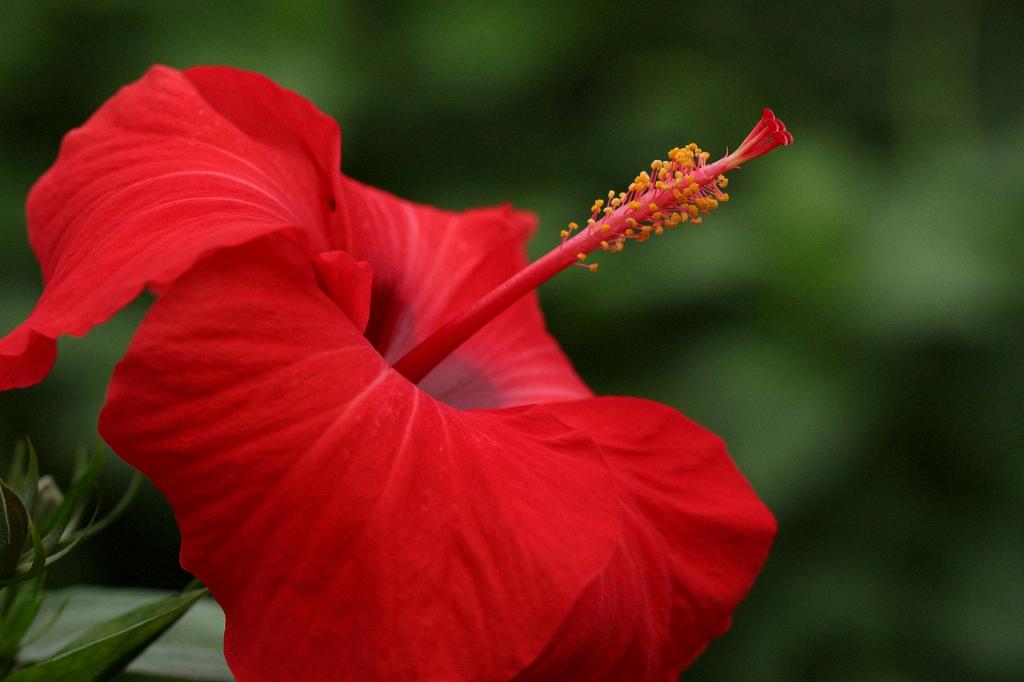One of the most common issues that gardeners face when it comes to hibiscus plants is pest infestations. These pests can wreak havoc on the beautiful foliage of your hibiscus, leaving them looking less than perfect. Among the various pests that can affect hibiscus leaves, two of the most notorious culprits are aphids and whiteflies.
The Sneaky Aphids
Aphids are tiny insects that can come in varying colors such as green, white, or black. These pesky creatures suck the juices out of the foliage of hibiscus plants, often forming clusters on the leaves. If you notice your hibiscus leaves becoming discolored or distorted, aphids may be the likely culprit. To combat these pests, consider using horticultural oil or insecticidal soap to effectively control their population.
Dealing with Whiteflies
Whiteflies, on the other hand, are miniscule insects that resemble tiny gnats. These pests typically feed on the undersides of hibiscus leaves, causing damage to the plant. If you observe small, white insects fluttering around your hibiscus plants, chances are you have a whitefly infestation. To address this issue, it is recommended to use appropriate measures to eliminate these pests and protect your hibiscus leaves.
Recognizing the Signs of Pest Infestations
When trying to determine what is eating your hibiscus leaves, it is essential to closely inspect the foliage for any telltale signs of pest activity. Look out for unusual discoloration, distortion, or sticky residue on the leaves, as these could indicate the presence of aphids or whiteflies. By being proactive and vigilant in monitoring your hibiscus plants, you can promptly address any pest-related issues before they escalate.
Preventative Measures for Protecting Your Hibiscus
In addition to addressing existing pest problems, implementing preventative measures can help safeguard your hibiscus plants from future infestations. Regularly inspecting your plants for signs of pests, maintaining proper watering and fertilization practices, and promoting a healthy growing environment can all contribute to the resilience of your hibiscus against pest attacks.
Biological Control Methods
For those looking for eco-friendly alternatives to chemical pesticides, biological control methods can offer a sustainable approach to managing pest populations. Introducing natural predators of aphids and whiteflies, such as ladybugs or lacewings, into your garden can help keep these pests in check and maintain a balance in your hibiscus ecosystem.
Integrated Pest Management Strategies
Integrated Pest Management (IPM) strategies involve a holistic approach to pest control that combines various methods to effectively manage pest populations while minimizing the use of harmful chemicals. By integrating practices such as crop rotation, sanitation, and natural predators, you can create a more robust defense system for your hibiscus plants against pest infestations.
Monitoring and Observation
Regular monitoring and observation of your hibiscus plants are crucial in detecting early signs of pest activity and addressing them promptly. By staying attentive to the health of your plants and responding swiftly to any issues that arise, you can maintain the vitality of your hibiscus and prevent extensive damage caused by pests.
Educating Yourself on Pest Control
As a gardener, it is essential to educate yourself on the various pests that can affect hibiscus plants and familiarize yourself with effective pest control methods. By staying informed and proactive in your approach to pest management, you can better protect your hibiscus plants and ensure their long-term health and vitality.
Seeking Professional Assistance
If you find yourself overwhelmed by persistent pest problems despite your best efforts, don’t hesitate to seek professional assistance. Experienced horticulturists or pest control specialists can provide expert guidance and tailored solutions to address complex pest issues and restore the health of your hibiscus plants.
Conclusion
In conclusion, when faced with the question of what’s eating your hibiscus leaves, it is crucial to investigate the presence of common pests such as aphids and whiteflies. By identifying the signs of pest infestations, implementing preventative measures, and utilizing effective pest control strategies, you can protect your hibiscus plants and ensure their continued growth and beauty in your garden.

